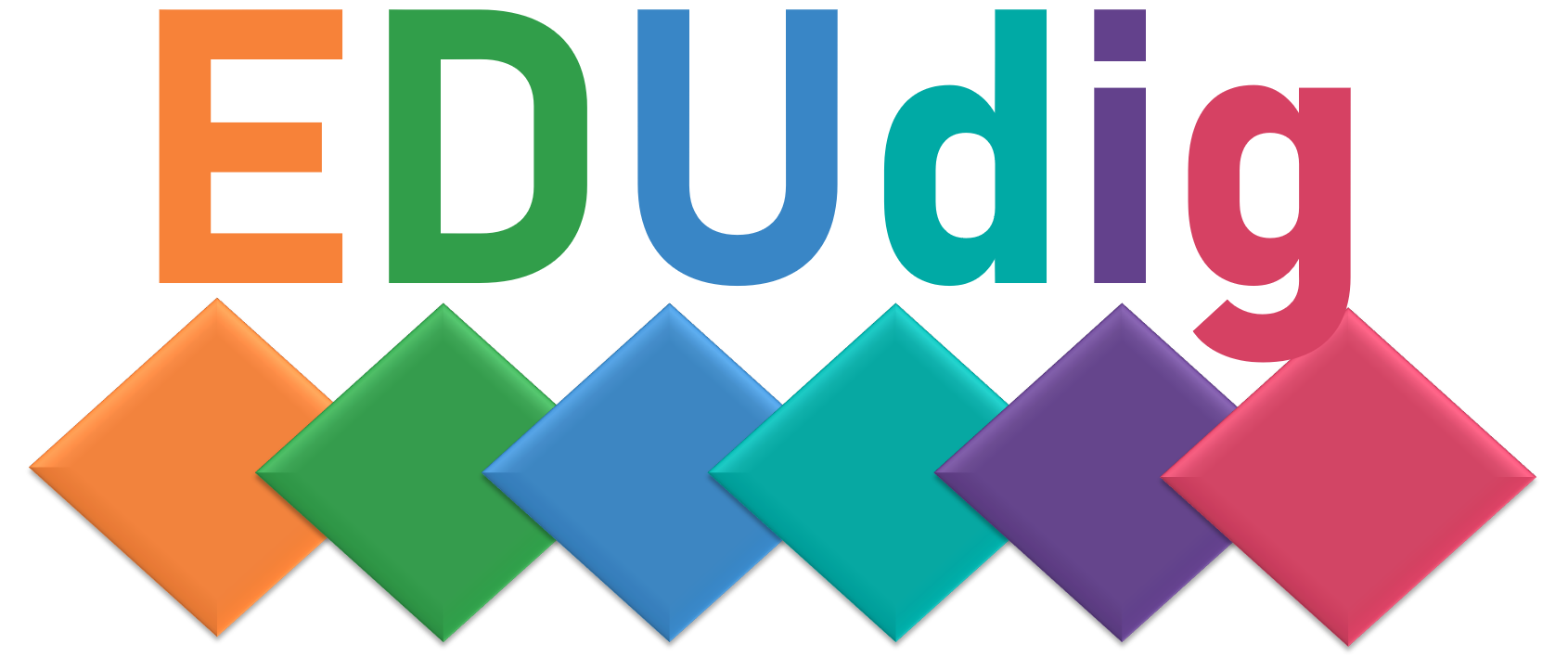2.2. Forming the teams
There are many ways and purposes to arrange learners into groups of various sizes and compositions. The aim of grouping is to pave the way for a successful teamwork by guided interactions between the learners and to create a positive and trustful feeling supporting collaborative learning.
The fastest way of forming teams is teacher-driven. Dividing learners into groups by an alphabetic order or by randomized break-out room division are sometimes needed. If teams are formed already in another course, it would be wise to have the students work in the same teams.
However, motivation and commitment may be better if teams are composed in a way that gives its members a feeling of choice and logic.
Examples of grouping/team building online:
:: Asynchonous or synchronous groups, students familiar with each other:
A student can choose a pair to work with. The educator then combines 2-3 pairs into a 4-6 member team.

:: Asynchonous groups of any sizes for a common objective:
Teams can be built by their interest, their grade objective, by their study time preferences or geographical location, for example. The students are first asked to create a short video clip of themselves where they introduce themselves and tell a few bits of key information of themselves relevant for the study unit. After watching each other’s introductions, they will then choose x number of peers with common interest as their team members. Interaction takes place by commenting on the video clips The teams with members are listed on a LMS page where everybody can see the team formation process evolving. If a very large learning group, students can first be organized in smaller divisions.

:: Synchronous groups with approx. 10-50 learners, with an objective to create diverse teams: Based on sought after diversity factors (e.g. major or field of expertise, competence, cultural background …) learners are asked to identify themselves with one characteristics which is relevant in the learning subject. In the example, “super powers” needed are: technical knowledge, customer insights, creativity, project management, visualization skills, content creation. The characteristics are symbolized with different colors. Learners will then introduce themselves with a certain colored card (signaling their superpower) in a Padlet board (Fig.2). Each team needs to become as diverse (=learners with different colors) as possible.

:: Synchronous groups with approx. 10-50 learners, topic-driven team formation:
Wonder.me is a novel technology allowing real-life connecting by making unscheduled interactions possible. Forming teams in Wonder is possible e.g. by creating virtual spaces by study topic. Students can be asked to move around the spaces to talk to each other and to find a suitable group and topic for themselves. https://www.wonder.me/education

